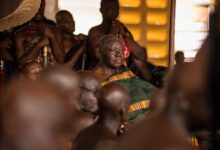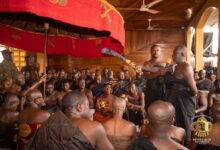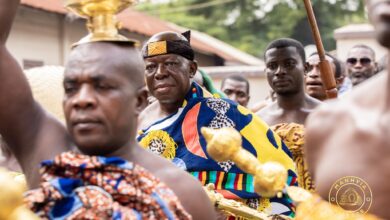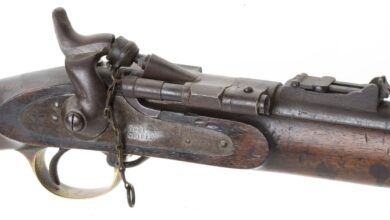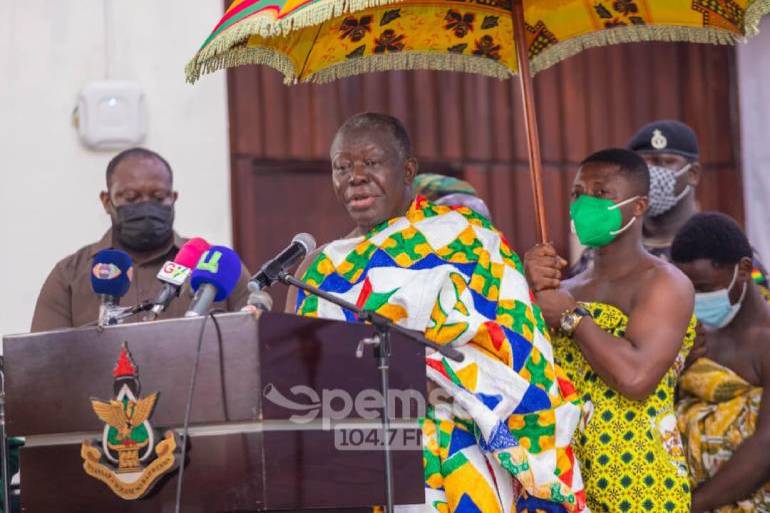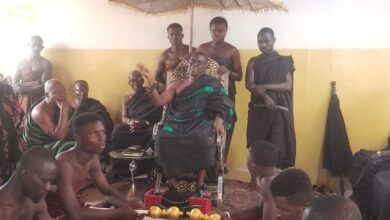Heritage Panorama: “Asesedwa” The Cultural, Spiritual And Political Worth Of The African Stool
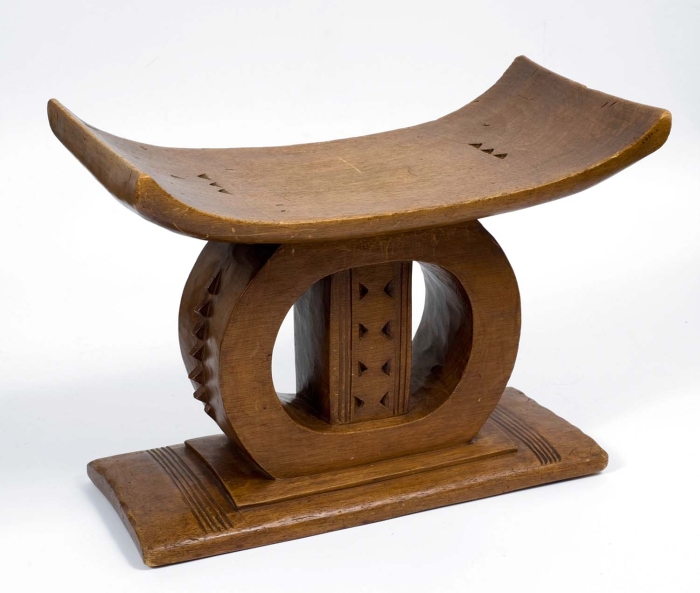
The traditional Akan stool (or asesedwa in the Asante Twi dialect) is a carved wooden stool common in sub-Saharan West Africa, and especially common in Ghana. It is a consecrated object, a sacred memorial entity believed to contain the ancestral spirit of one or more leading members of a family. A black stool represents chieftaincy. Thus, it is the focal point for religious beliefs and practices, a symbol of unity and authority, and a link to a family’s past. An Akan ruler’s stool occupies a place at the very centre of his personal and political life.

As is typical of the usual Akan stools, its carved, wooden, rectangular form consists of three parts–a top, a mid-section, and a base.
This stool combines two distinct types. The first is the two-tiered, abstract form called obi-te-obi-so-dwa (one-sits-atop-another stool). This imagery visually communicates and indeed validates, the Akan social hierarchy, comprising individuals of diverse ranks working in harmony.
The second, or lower tier, featuring two crocodile motifs on the front and back, reflects the stool form known as adenkyemdwa (crocodile seat). Important ritual objects (sometimes even altars) of Asante gods may be displayed on some stools during important public ceremonies. The sheet brass that covers the stool enhances the piece’s significance since brass (together with silver) is a preferred metal of the Akan religious elite. Moreover, the hammered, linear repoussé patterns–dots, circles, quatrefoils, lozenges, and crescents–that embellish the surface are reminiscent of designs usually found on Akan soul washers’ badges.

A curved seat is supported by four slightly bowed legs and one openwork column, all raised on a stepped platform. The unusual five-legged form is referred to as kontonkrowie, or “the circular rainbow.” It evokes the Akan proverb “the rainbow is around the neck of every nation,” calling to mind the king’s role in uniting and controlling the kingdom. On a more literal level, the five supports evoke the Akan model of statecraft (one king surrounded by chiefs) and the cosmos (the four cardinal points and central sun). Stools are sometimes also discussed in anthropomorphic terms, with the support described as the “neck” and the seat termed the “head” or “face.”
In some areas, the transfer of chiefly power is consummated at the moment of the successor’s first contact with his predecessor’s stool. A leader’s stool is so integrally linked to his identity that his death is described by the phrase “a stool has fallen.” Before burial, a chief’s body is ritually washed on the stool and after the funeral, the seat may be knocked sideways to prevent malevolent spirits from inhabiting it. The stools of the most important chiefs are blackened after the deaths of their owners through the ritual application of smoke and other offerings and are then placed on altars where they facilitate communication with the spirit of the deceased.

Stools are enormously significant for the Akan and are used in a variety of contexts. They constitute an important part of the furnishings of a household, carry symbolic meanings as icons of ritual power, and act as repositories of the souls of their deceased owners. As symbols of authority, Akan stools are now inseparable from the idea of chieftaincy, the highest Akan political office. Not only must every Akan leader receive one as his personal, official emblem, but his legitimacy is often predicated on his use of a communally owned stool at his installation.
Heritage Panorama is a photographic representation of an unbroken view of the whole, we dissect carefully into Black history and culture. Love this piece? Follow us for more and the latest cultural updates.
Source: Opemsuo.com/ Emmanuel Owusu Anti


